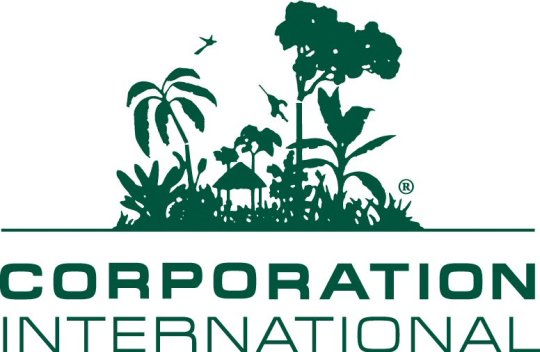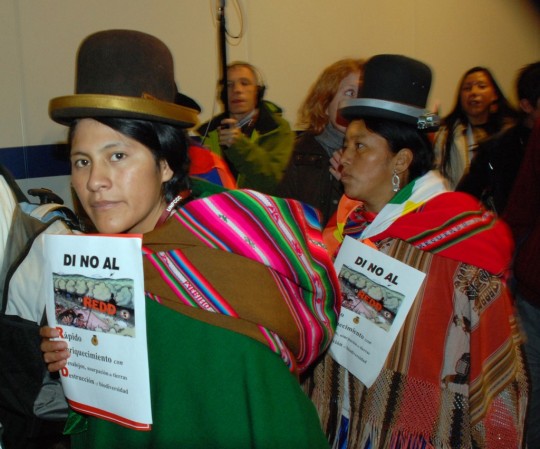Feb 09
20122
Conservation International, Nature Conservancy, World Wildlife Fund (WWF)
Bank of America Biofuels Coca-Cola Conservation International DuPont GAP GMO Goldman Sachs. Google Hewlett-Packard Intel JP Morgan Nature Conservancy Northrop Grumman Palm Pepsico Starbucks UPS WalMart WWF
Agribusiness: The Corporations that Control Conservation [WWF, Conservation International, Nature Conservancy]
“So, who are the individuals guarding the mission of global conservation nonprofits? US-WWF boasts (literally) that its new vice-chair was the last CEO of Coca-Cola, Inc. (a member of Bonsucro) and that another board member is Charles O. Holliday Jr., the current chairman of the board of Bank of America, who was formerly CEO of DuPont (owner of Pioneer Hi-Bred International, a major player in the GMO industry). The current chair of the executive board at Conservation International, is Robert Walton, better known as chair of the board of WalMart (which now sells ‘sustainably sourced’ food and owns the supermarket chain ASDA). The boards of WWF and Conservation International do have more than a sprinkling of members with conservation-related careers. But they are heavily outnumbered by business representatives. On the board of Conservation International, for example, are GAP, Intel, Northrop Grumman, JP Morgan, Starbucks and UPS, among others.”
Way Beyond Greenwashing: Have Corporations Captured Big Conservation?
by Jonathan Latham
Independent Science News
February 7, 2012
Imagine an international mega-deal. The global organic food industry agrees to support international agribusiness in clearing as much tropical rainforest as they want for farming. In return, agribusiness agrees to farm the now-deforested land using organic methods, and the organic industry encourages its supporters to buy the resulting timber and food under the newly devised “Rainforest Plus” label. There would surely be an international outcry.
Virtually unnoticed, however, even by their own membership, the world’s biggest wildlife conservation groups have agreed exactly to such a scenario, only in reverse. Led by the World Wide Fund for Nature (WWF), many of the biggest conservation nonprofits including Conservation International and the Nature Conservancy have already agreed to a series of global bargains with international agribusiness. In exchange for vague promises of habitat protection, sustainability and social justice, these conservation groups are offering to greenwash industrial commodity agriculture. →







